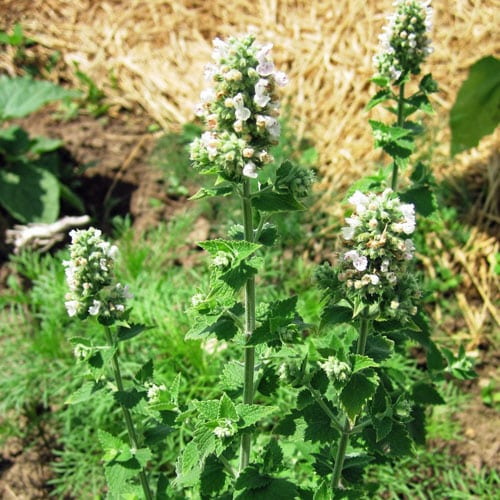While I'm currently working out plans to get a training hike in soon, the big and beautiful distraction right now is spring arriving. We have a whole month of frost-risk left, but the sunlight and warmth and green, growing things emerging all have me brimming with excitement.
Soon I'll compost, and dig, and plant, and mulch, and smell the dirt, and watch things spring up from that dirt.
Soon I'll dry herbs and make teas and chop home-ripened veg into flavourful salsa. Homegrown tomatoes!! Homegrown cilantro!! Heaven. I'm in heaven.
And here's the pictures to back me up:
Seeds and onion sets, all chosen last fall and purchased yesterday.
There'll be canteloupe, and fennel, and lemongrass, and....

Then, out in the garden, some herbs wintered well under a pile of leaves and pine needles. They're starting to push their way to the light...
Mullein, yarrow, catnip, echinacea, peppermint, lemon balm, thyme, Russian tarragon, chives, and bee balm - all raising their little green faces out of their winter covers to say, "I'm here" and "me too."
And there's me, beaming at each discovery, each green and growing thing. 😄
Strawberries love pine mulch...
Now to watch diligently for chances of frost. I may have to tuck all these plants in a few more times before it's truly safe.
But they're here all the same! And with them, spring.
😍😊🌱🍓🌿





